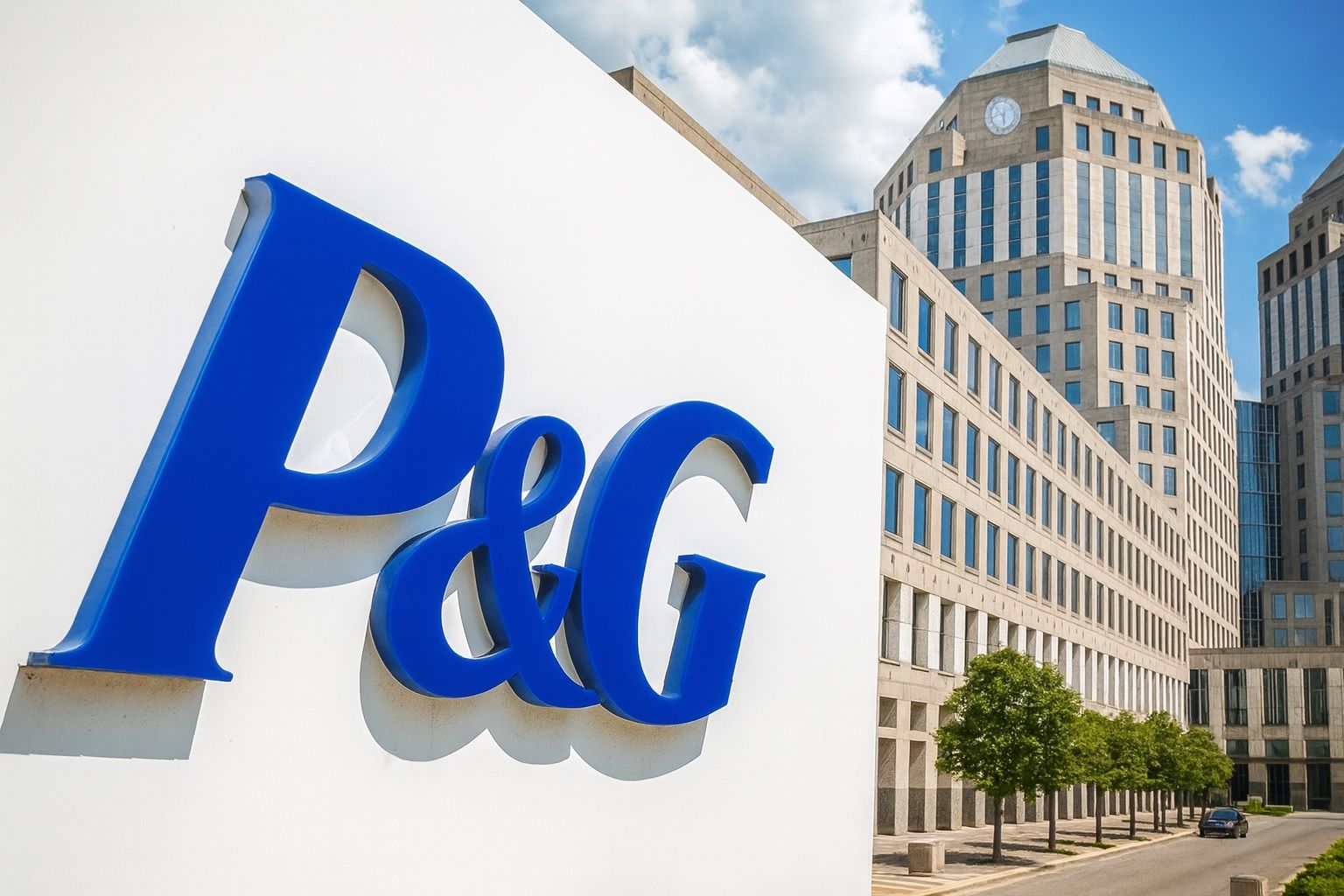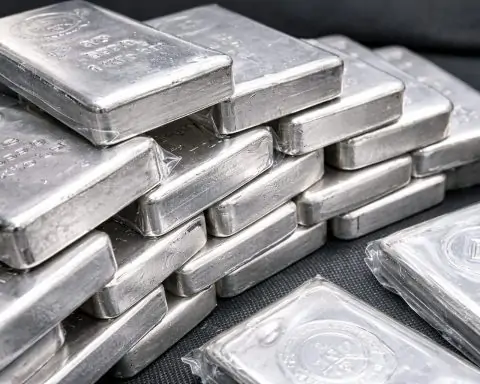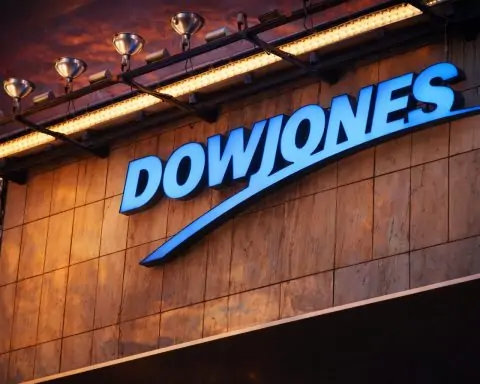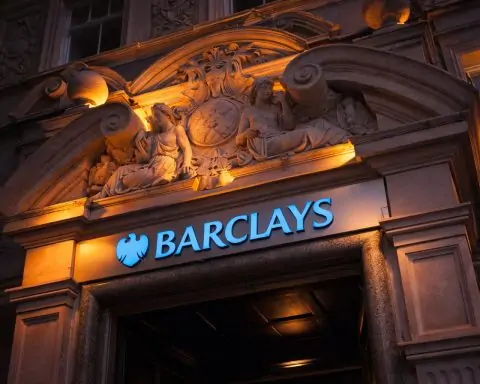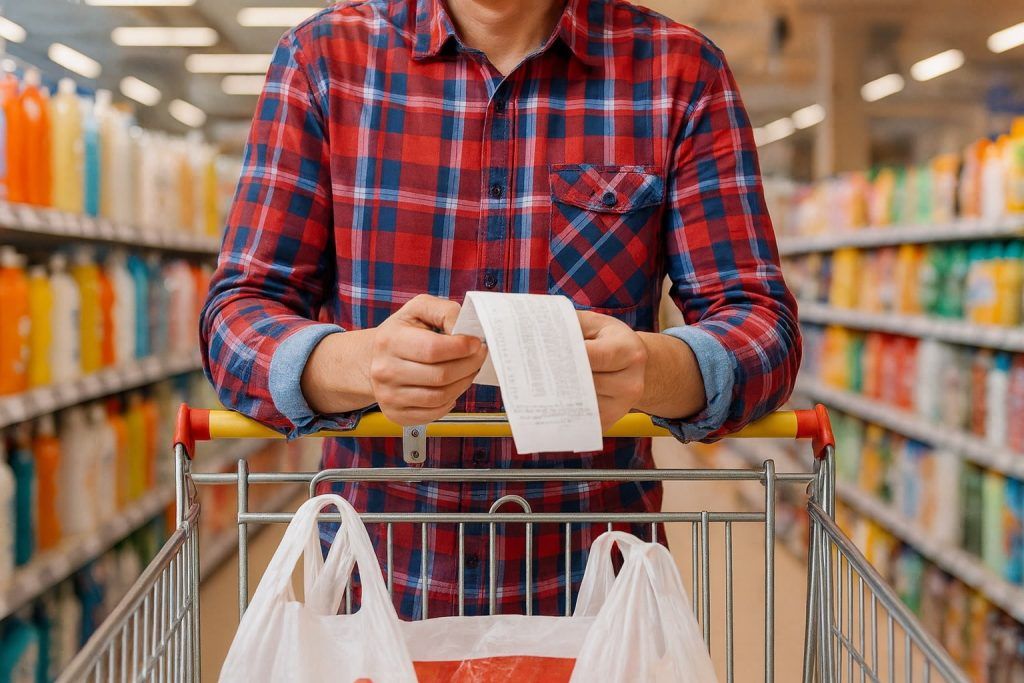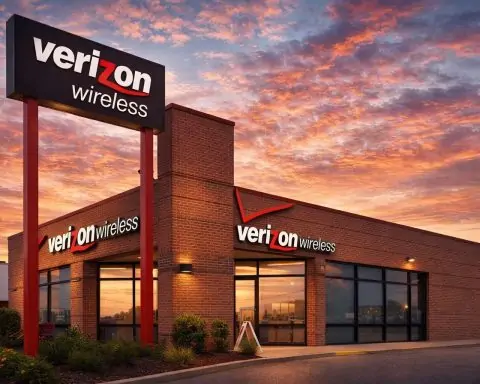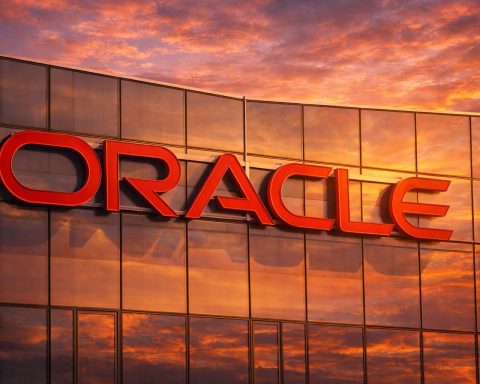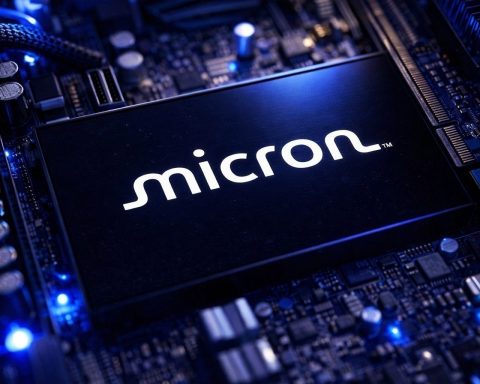- Revenue & EPS: Procter & Gamble’s fiscal Q1 2026 sales were $22.39 billion, up 3% year-over-year and beating forecasts [1]. Adjusted EPS was $1.99, ahead of the $1.90 consensus [2]. GAAP EPS was $1.95 versus $1.61 a year ago [3].
- Segment Strength: Strong growth came from Beauty and Grooming. Beauty-brand sales climbed about 6% organically [4], while items like Gillette razors and Secret deodorant flew off shelves [5]. Overall volumes were flat, but gains in China and higher pricing drove the beat [6] [7].
- Tariff Relief: P&G’s tariff burden eased – the estimated annual hit was cut to ~$400 M after tax (from $800 M) thanks to Canada lifting duties [8]. This helped offset higher costs and was reflected in the results.
- Guidance Steady: Management reaffirmed full-year guidance. P&G still expects ~1–5% sales growth and 3–9% EPS growth in fiscal 2026 (EPS range $6.83–$7.09) [9] [10]. Outgoing CEO Jon Moeller noted the company is on track “in a challenging consumer and geopolitical environment” [11].
- Stock & Targets: P&G stock traded near $152 on Friday [12]. Analysts’ average target is about $169, implying ~10% upside [13]. Leading brokerage Raymond James recently raised its target to $175 (still an Outperform) ahead of the results.
- Analyst/Expert View: Market analysts remain upbeat on P&G. Many rate it a “buy” given its defensive profile. Finimize notes that these results “keep the faith in consumer staples,” with P&G’s forward P/E now around 21 (down from 23) making it relatively attractive amid economic worries [14]. TechStock² highlights that a Validea analysis gives P&G a 100% score under the Partha Mohanram P/B Growth model, reflecting its strong fundamentals [15].
Procter & Gamble’s Q1 report beat expectations across the board. Revenue of $22.39 billion (vs. ~$22.17B forecast) and core EPS of $1.99 (vs. $1.90) both topped consensus [16]. In a statement, P&G credited resilient consumer demand for premium brands. For example, its beauty brands (Pantene, Olay, etc.) delivered roughly 6% organic growth [17] – a bright spot after weaker quarters. Grooming and personal care also held up; Bloomberg reports shoppers “brushed off price increases and snapped up the company’s Gillette razors and Secret deodorant,” underpinning the beat [18]. Overall volumes were flat, but higher pricing and cost savings boosted results.
“We’re seeing strong demand for our innovation-led brands,” a P&G spokesperson commented. In aggregate, the quarter’s 2% organic revenue growth (ex-currency) exceeded analysts’ average expectation [19]. The company’s Tariff Relief efforts also paid off: P&G halved its tariff cost estimate (to ~$400M), helped by Canada lifting retaliatory duties [20]. That underpins CEO Jon Moeller’s confidence. Moeller, who will hand over to incoming CEO Jon Moeller (same name, different person) next year, remarked that P&G was on track to meet its targets “in a challenging consumer and geopolitical environment” [21].
Investors have cheered the results. P&G shares ticked higher in pre-market trading, building on a modest year-to-date rebound (shares were down ~9% entering the quarter [22]). Key takeaways for Wall Street include P&G’s pricing power and margin discipline. Finimize writes that P&G’s ability “to maintain solid sales, pricing power and steady guidance has kept analysts and investors upbeat about its future performance” [23]. The stock’s forward price/earnings ratio is now more reasonable (about 21× next year’s earnings), versus the broader market, which bodes well if economic growth falters [24].
Analyst forecasts remain positive. Before the report, brokers already expected modest top-line growth (around +3–4%) and stable profit. P&G largely confirmed those views. Most “buy” ratings were reiterated, and target prices were nudged up. For instance, a recent survey of 24 analysts shows an average 12-month target of $168.64 [25]. At Friday’s close (~$152), that implies roughly 10% upside. As one strategist notes, “consumers keep buying what they need even as prices rise,” implying P&G and peers will hold up if a broader slowdown hits.
Broader market context is supportive. Consumer staples like P&G often rally when investors worry about growth – they’re seen as “necessity-driven” names. A TS2.market report on Monday highlighted that Coca-Cola and Procter & Gamble will be key companies to watch for clues on consumer demand and pricing power [26]. Indeed, P&G’s performance aligns with a theme of resilient global consumers: Unilever, another large staples group, similarly reported strong beauty-brand sales in the U.S. this week. This suggests that, despite sticky inflation and tariff headaches, Americans continue purchasing hygiene and home products.
Looking ahead, analysts will pore over P&G’s Q&A for any shifts. The company stuck with its fiscal 2026 guidance: low-single-digit organic sales growth and mid-to-high-single-digit EPS gains [27]. That signals confidence in the back half of the year. In the near term, P&G plans to release Q2 results in January, where investors will watch if shampoo and razor demand stays robust, and whether any lingering economic weakness slows volume growth. Most experts expect P&G to maintain its “stability of a Dividend King,” with industry veterans noting its consistent dividend (yield ~2.8%) and share buybacks (P&G returned ~$3.8B to investors in Q1 [28], a sign of cash strength).
Outlook: For now, P&G’s beat reinforces the view that staples can outperform in a choppy market. Market research firm TS2.tech notes that consensus forecasts see staples continuing to benefit from “necessity-driven demand” even as other sectors struggle. One Wall Street analysis quips that when uncertainty looms, “investors often turn to companies like P&G” [29]. This week’s results certainly give those investors a reason to stay bullish on P&G’s trajectory.
Sources: Procter & Gamble Q1 FY2026 earnings release and related SEC filings; Reuters/Morningstar and Bloomberg news articles [30] [31]; Finimize market update [32] [33]; TechStock² (ts2.tech) coverage [34] [35]; Market data and analyst consensus (Investing/MarketScreener) [36] [37].
References
1. www.marketscreener.com, 2. www.marketscreener.com, 3. www.nasdaq.com, 4. finimize.com, 5. www.bloomberg.com, 6. www.marketscreener.com, 7. www.bloomberg.com, 8. www.marketscreener.com, 9. finimize.com, 10. www.nasdaq.com, 11. www.marketscreener.com, 12. www.marketscreener.com, 13. www.marketscreener.com, 14. finimize.com, 15. ts2.tech, 16. www.marketscreener.com, 17. finimize.com, 18. www.bloomberg.com, 19. www.bloomberg.com, 20. www.marketscreener.com, 21. www.marketscreener.com, 22. www.marketscreener.com, 23. finimize.com, 24. finimize.com, 25. www.marketscreener.com, 26. ts2.tech, 27. finimize.com, 28. www.gurufocus.com, 29. finimize.com, 30. www.marketscreener.com, 31. www.bloomberg.com, 32. finimize.com, 33. finimize.com, 34. ts2.tech, 35. ts2.tech, 36. www.marketscreener.com, 37. www.marketscreener.com
